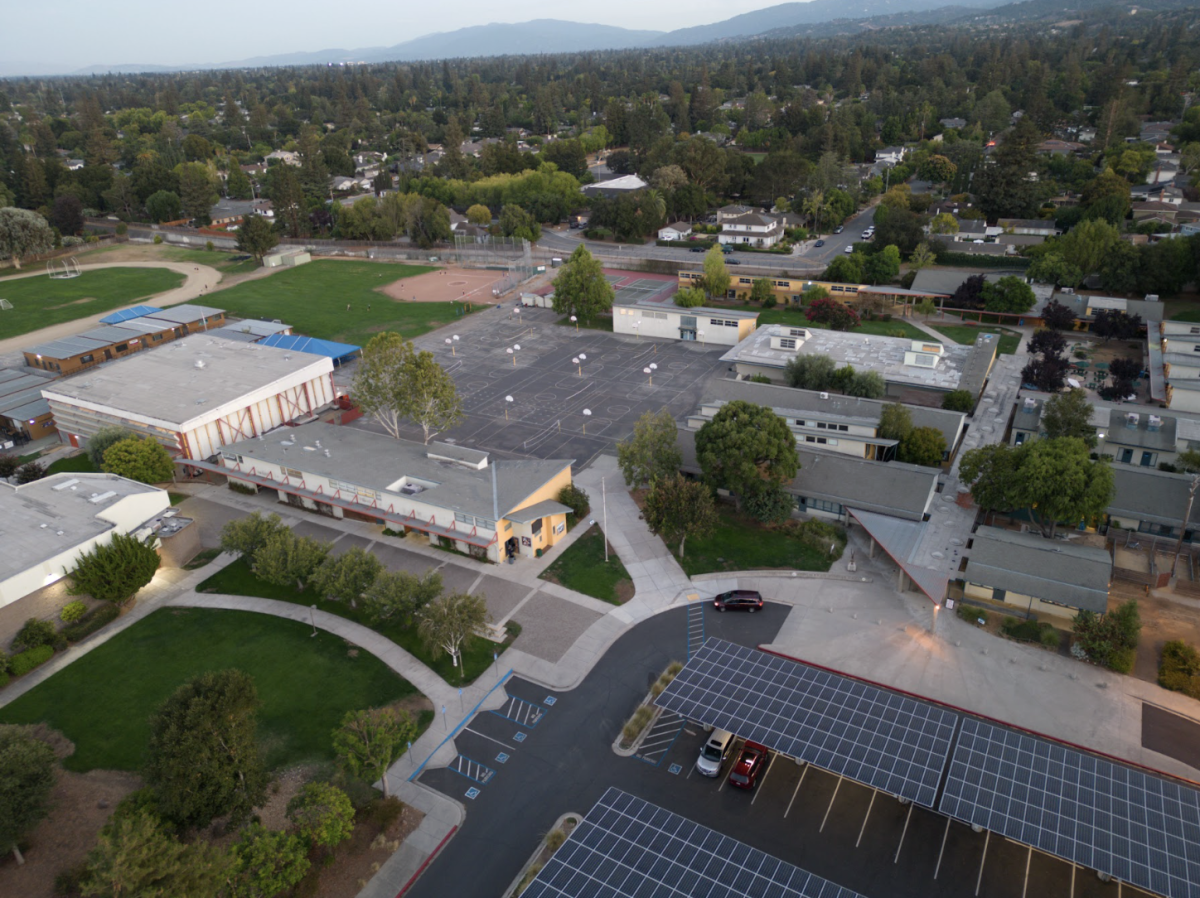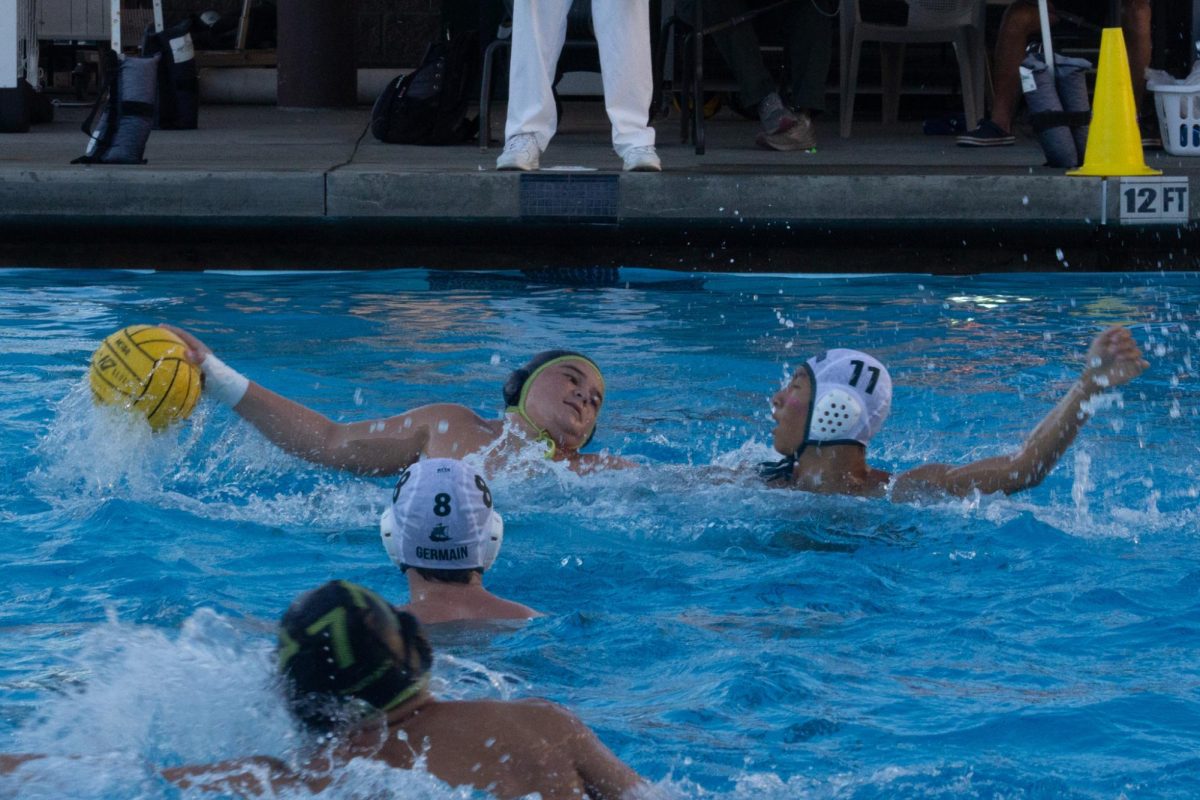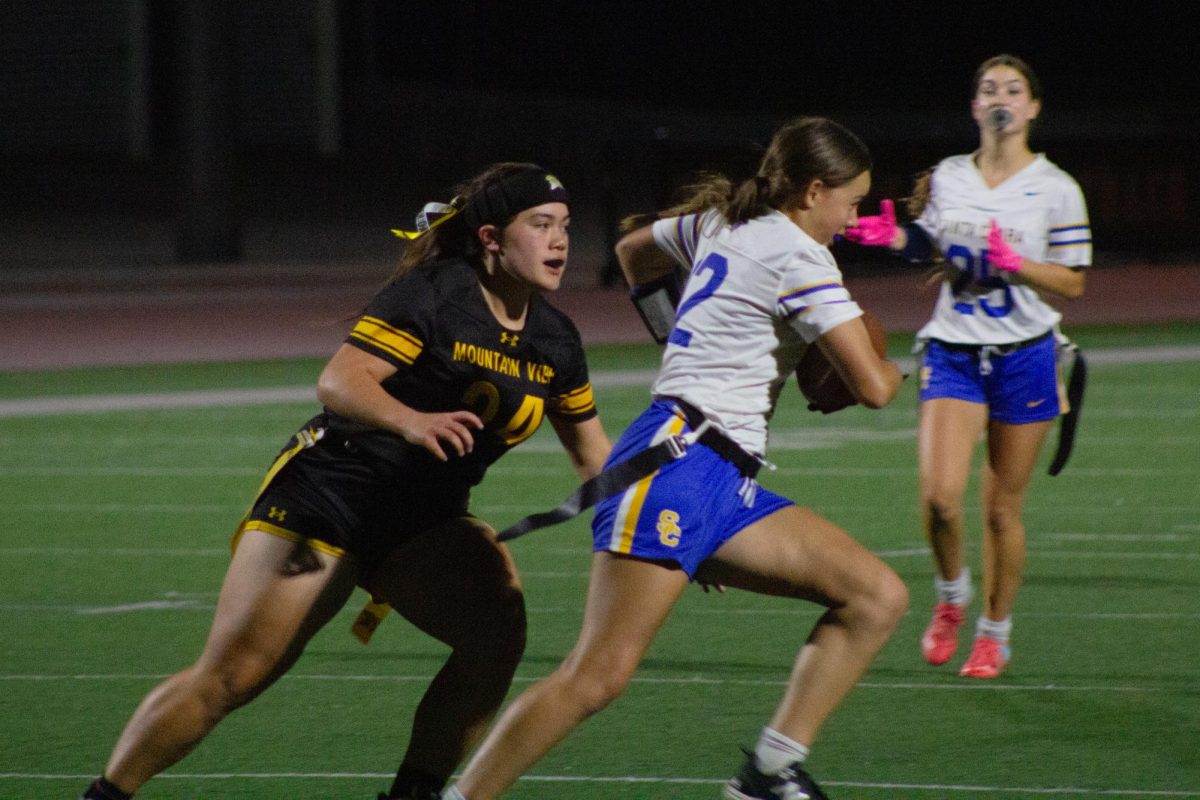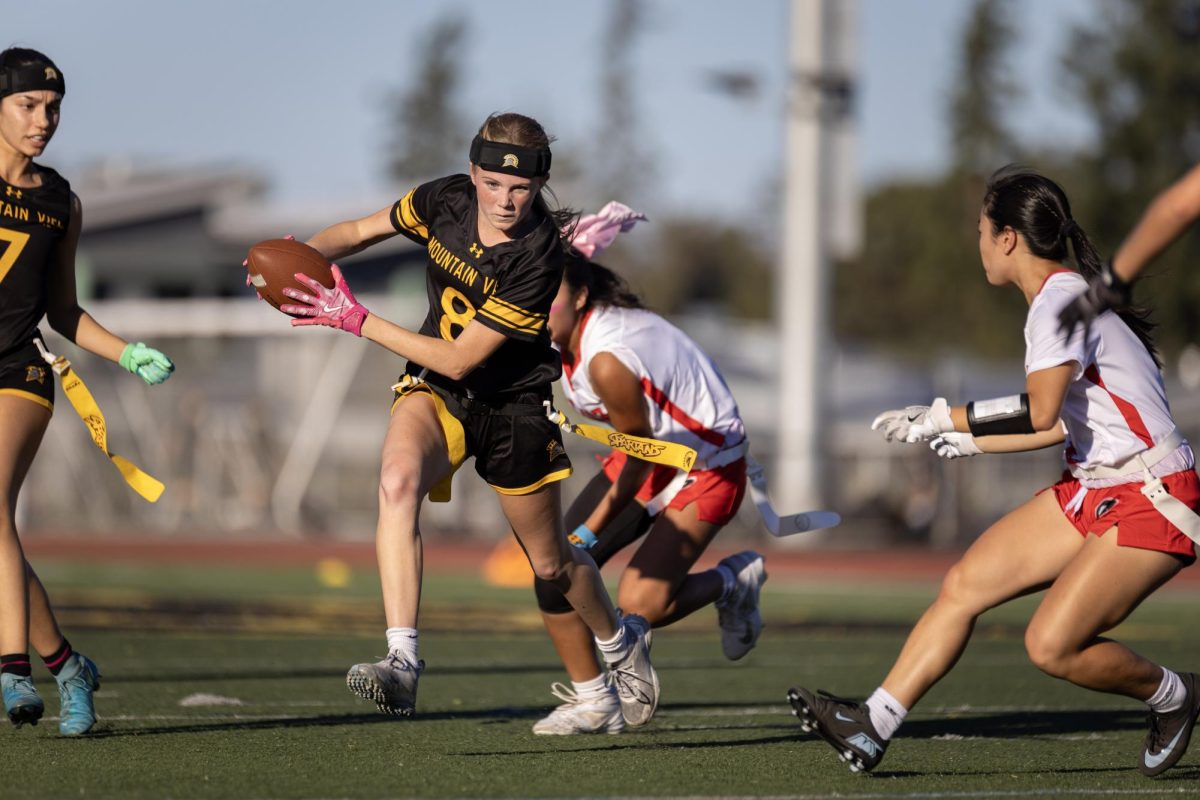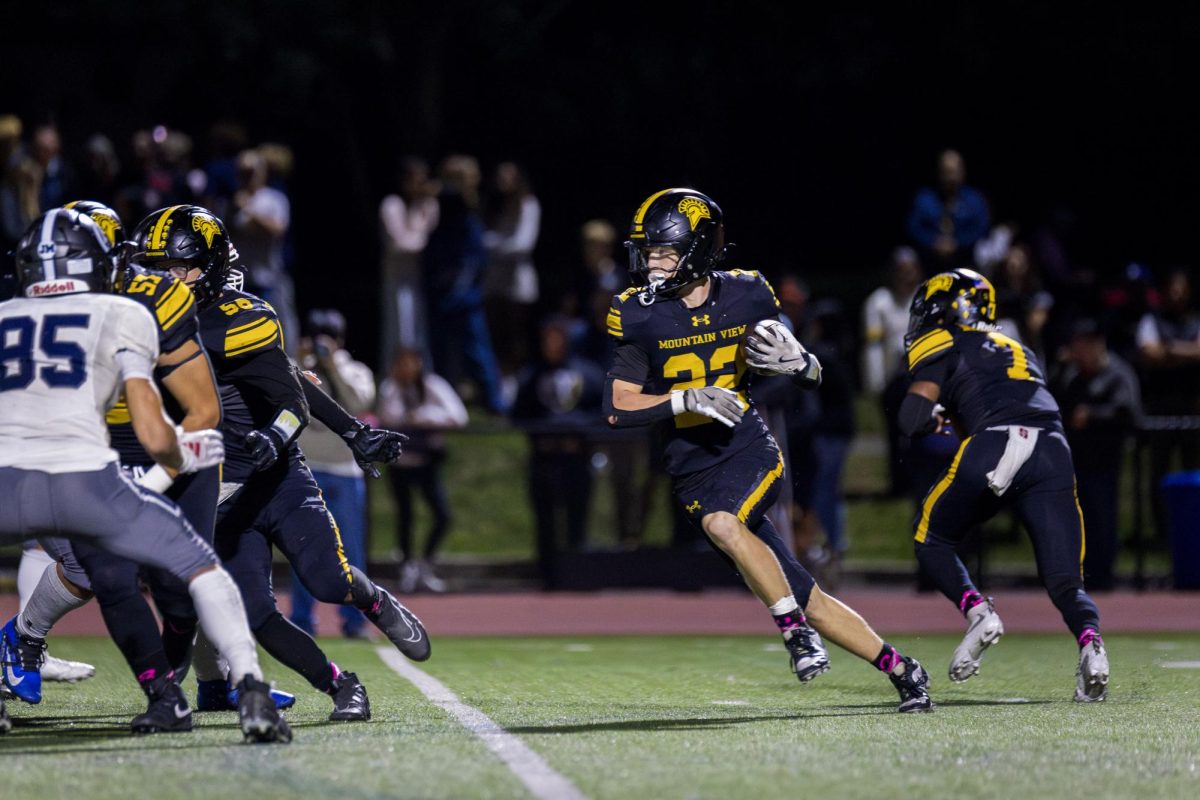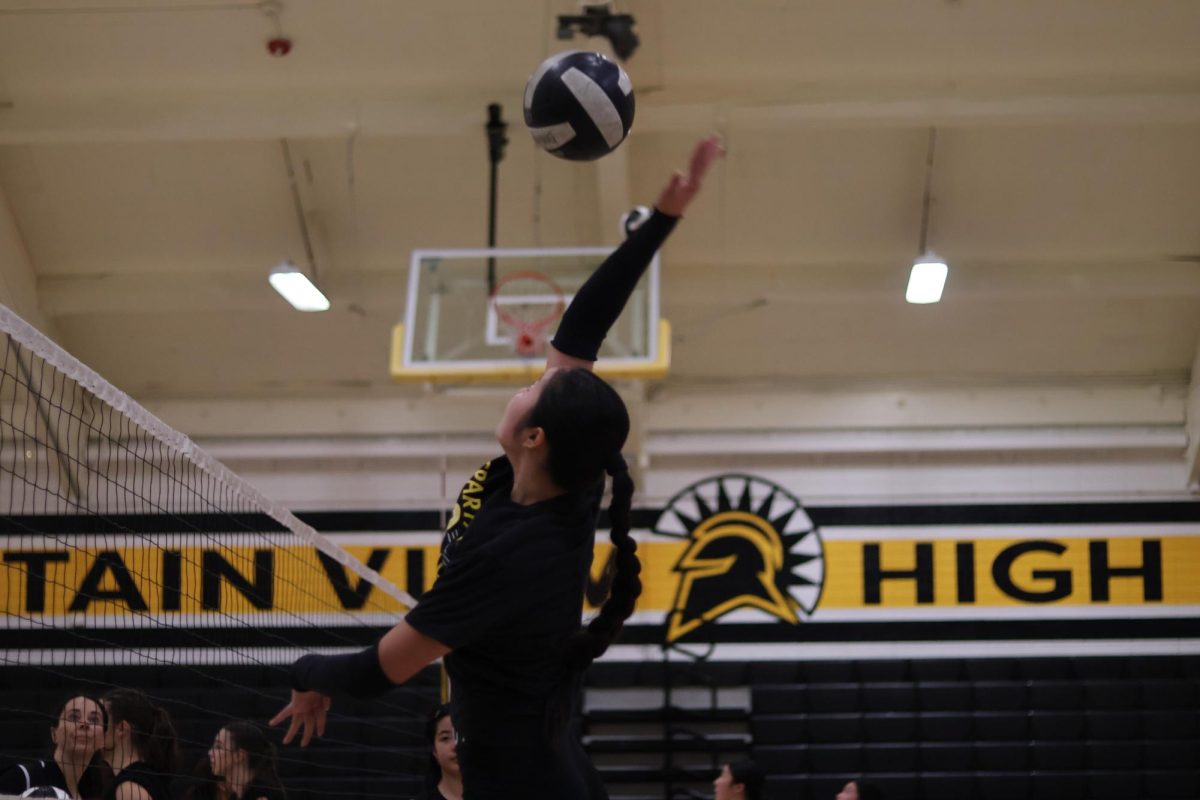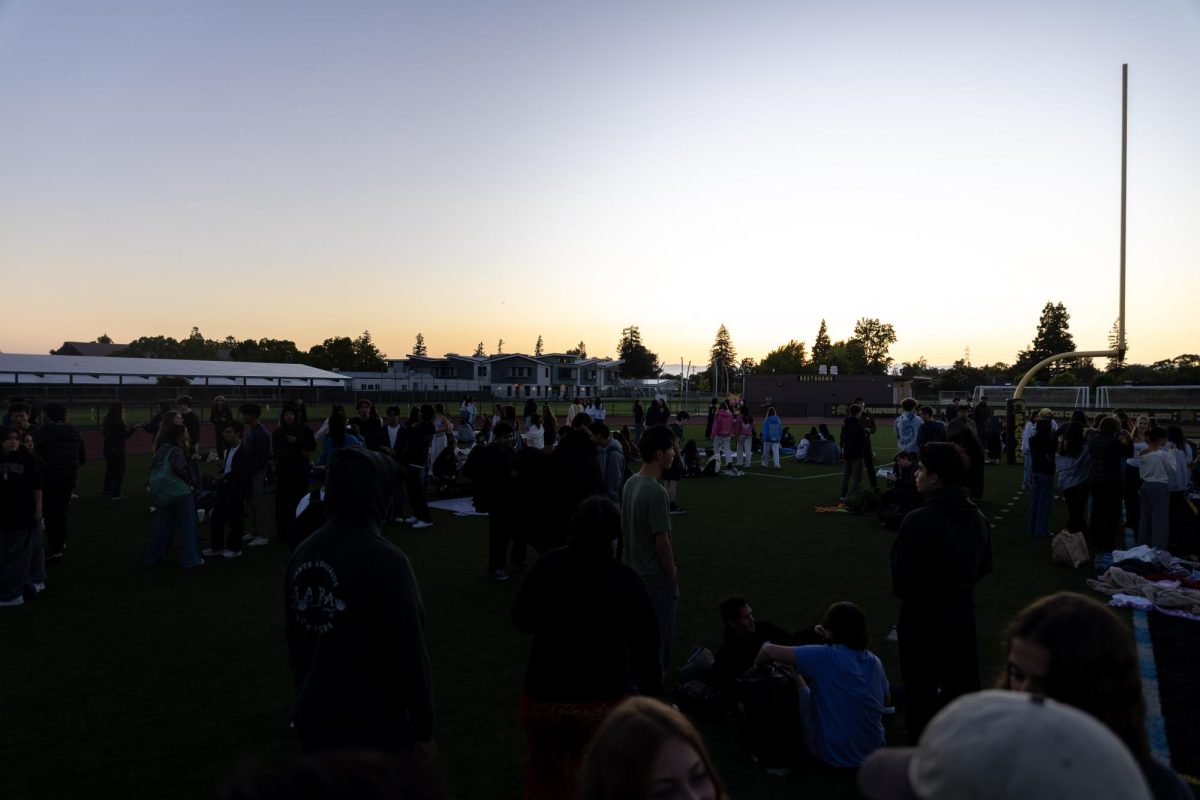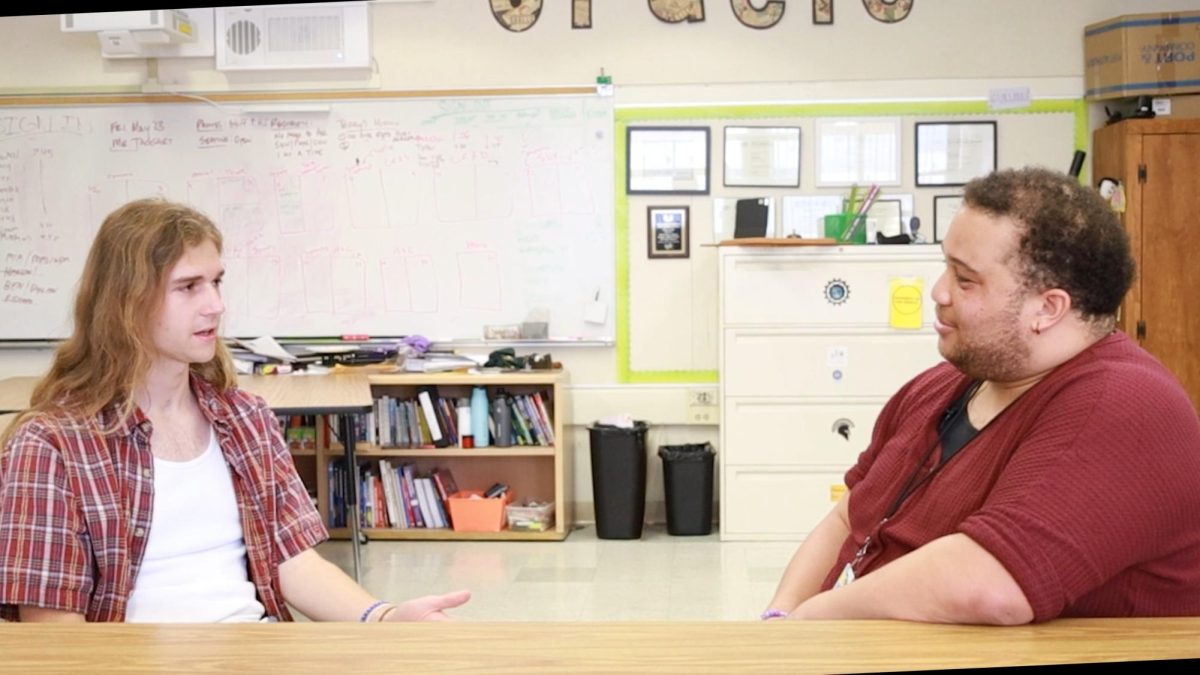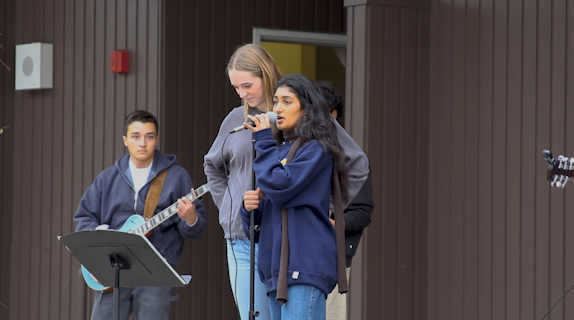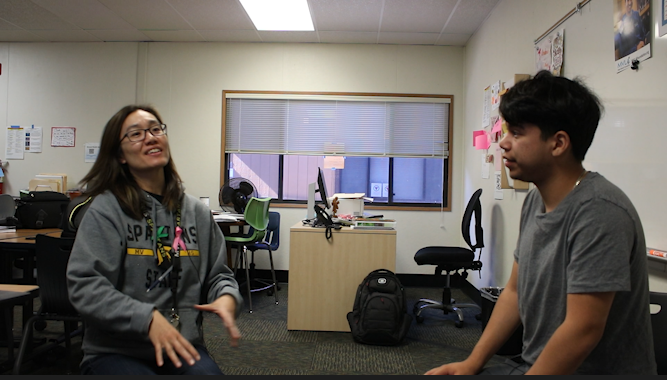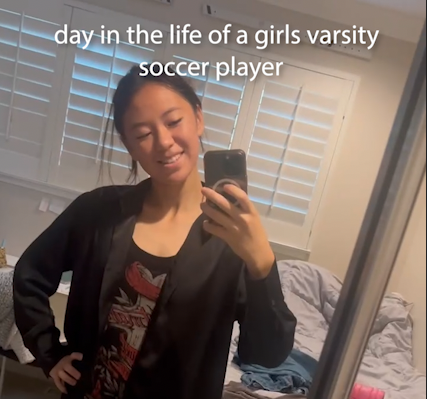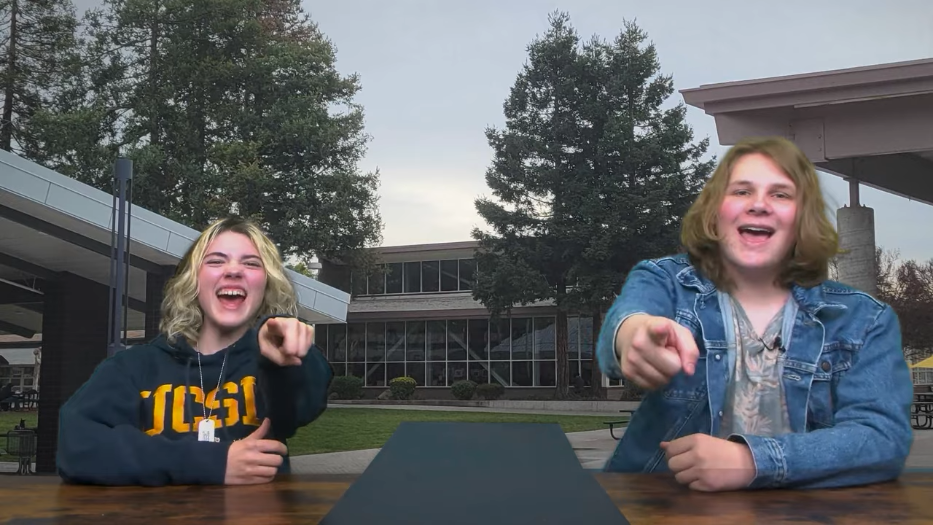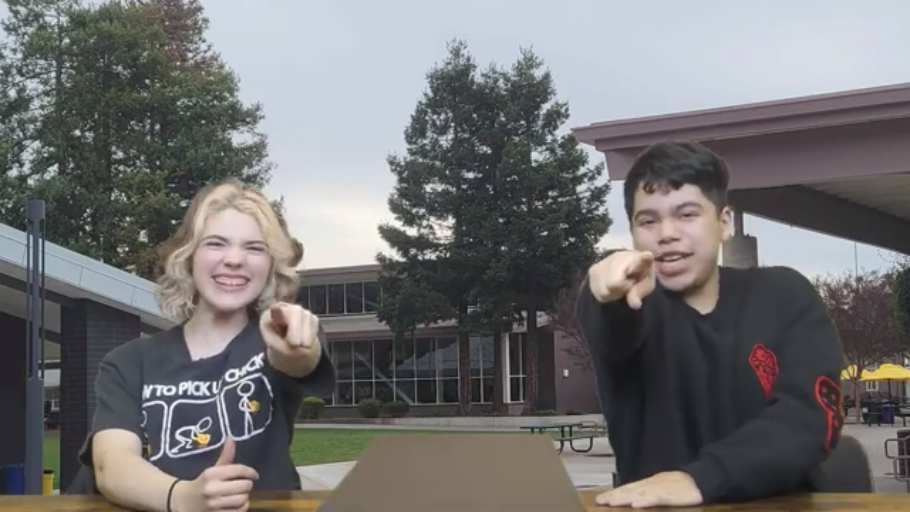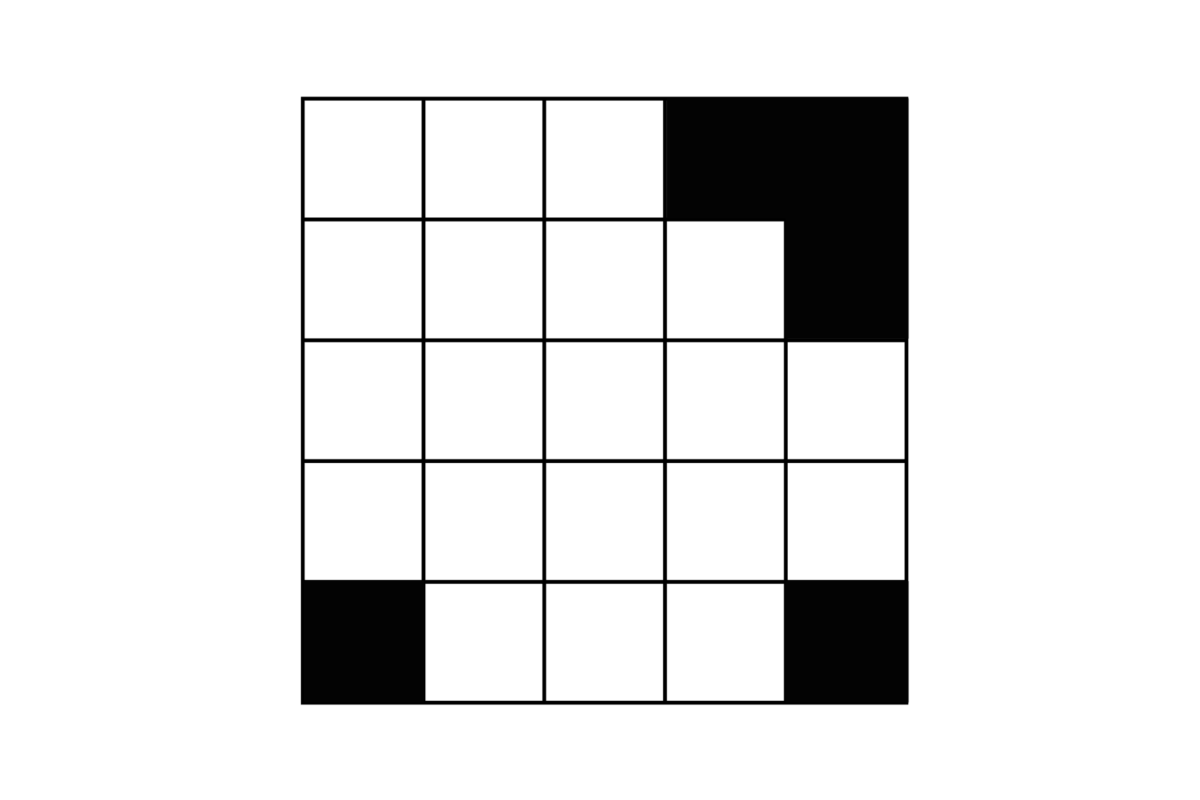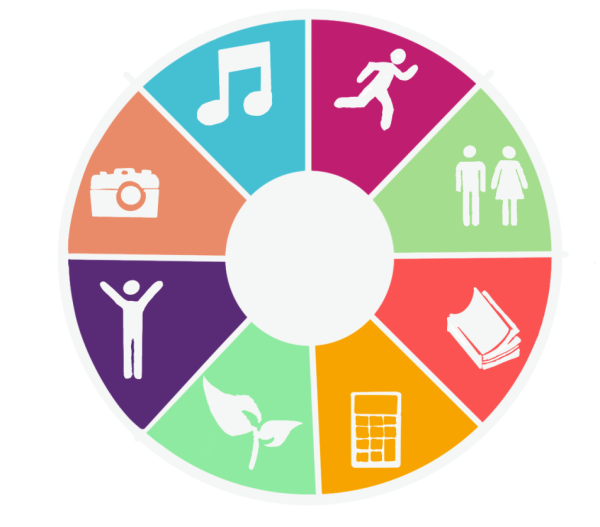
This article was originally published in a print edition of the Oracle in September 2023.
Every single student at MVHS is different when it comes to learning, even if it is by the smallest margin. Some students learn best by reading textbooks, others through discussion, and some through hands-on activities.
Many classes have a single style of homework or classwork that remains stagnant throughout the year. For example, in AP Government, homework consists of watching video lectures and taking notes from a textbook, which then is reviewed during class time.
This style of learning has been coined as “flipped learning.” If students do not learn the material outside of the classroom, they struggle to participate during class time. According to students, this type of learning has been present in some of their classes including AP Government, AP US History, and AP Biology.
Students have also reported being in classes that primarily emphasize group work. This doesn’t give them as much opportunity to learn material directly from teachers, posing a potential problem for students who struggle in social environments. While this can help students develop social skills, it can also result in unnecessary stress which may prevent them from learning essential content.
The three primary types of learning styles, as defined by teacher Neil Fleming, are visual, auditory, and kinesthetic. According to the National Library of Medicine, roughly 73% of students prefer to learn using one learning style, 22% prefer to learn using two learning styles, while the rest prefer a combination of three learning styles. While one learner could gain more understanding from watching videos or looking at infographics, they could have a harder time processing information when taking notes from a textbook.
The Oracle believes that employing a variety of classwork and homework that suits different learning styles can help all students learn more efficiently. For example, analyzing diagrams, photos, and videos for visual learning; listening to podcasts and lectures for auditory learning; and doing hands-on activities like lab experiments and model-building for kinesthetic learning.
One example of this could be creating interactive videos that allow students of all learning strengths to be assisted. Another way to diversify strategies for student learning could be to lecture in class then assign homework to review the information for one day, and vice versa.
Changing up the homework and classwork by including collaborative, visual, and auditory activities can help capture the interest of more students. Embracing this diversity will not only further the learning of a broader student audience, but also ensures that those with unique educational needs receive the support they require.

